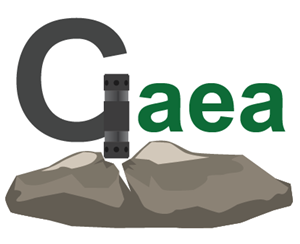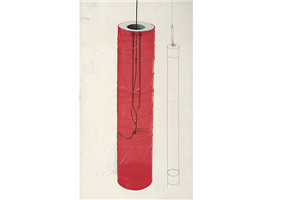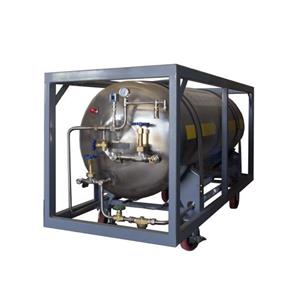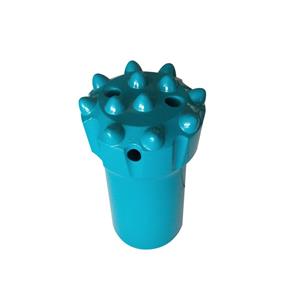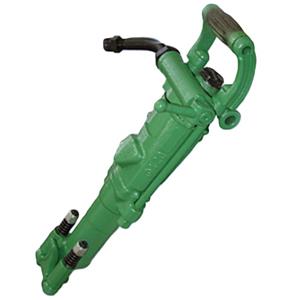Perfuração de rochas duras sem entupimento: três segredos para o ajuste de parâmetros essenciais
Hard formations (typical examples: granite, basalt) have high hardness and toughness, which impose strict requirements on matching drilling parameters. Properly adjusting rotational speed, drill thrust (bit pressure), and cuttings‑removal (flushing) parameters is key to improving penetration rate and reducing tool wear. Below is a detailed practical guide to parameter adjustment across these three core dimensions.
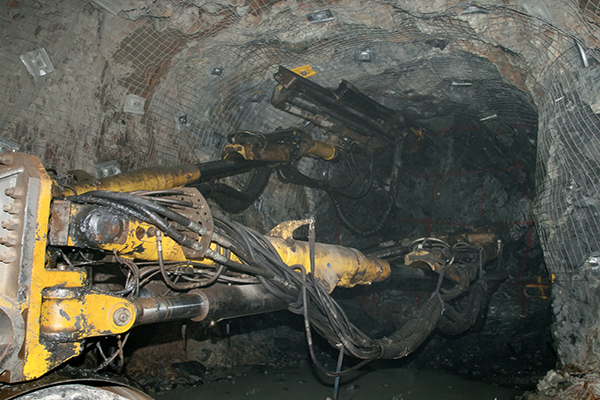
Rotational speed: use low speed to ensure effective fracture The high hardness of hard rock requires low‑speed operation because button cutters (button‑type inserts) need sufficient contact time to fracture the rock. Dense structure and few natural fractures mean cutters must wedge into the rock by sustained pressure; if rotation is too fast, contact time is greatly shortened and the cutter disengages before effective breakage occurs. That not only fails to improve efficiency but also causes "dry grinding" that accelerates bit wear.
In practice, rotational speed in hard‑rock drilling is usually controlled at 30–60 rpm. For example, in granite, raising speed to 100 rpm causes the button cutters to skid across the surface, producing only shallow scratches without penetrating the rock interior. Reducing speed to about 40 rpm allows the cutters to remain in contact, apply sustained pressure, and wedge/split the rock by their hardness and wedge geometry — improving breakage efficiency by over 30% and markedly reducing bit wear.
Drill pressure (bit thrust): apply high pressure to overcome rock resistance High compressive strength in hard rock (often >100 MPa) requires sufficient drill pressure to overcome formation resistance and force the cutters to penetrate. Insufficient pressure causes cutters to slide on the surface (slip) rather than embed; appropriate high pressure lets cutters overcome surface stresses, enter internal fissures or crystal boundaries, and fracture the rock through a combined squeezing–shearing action.
Typical drill pressure for hard‑rock operations is set at 3–5 MPa. In hard‑rock mining examples this is clear: at a drill pressure of only 2 MPa, cutters struggle to create effective fracture points and penetration may be under 0.5 m/h. Increasing pressure to 4 MPa allows deep cutter engagement, periodic pressure cycles to widen fractures, and raises penetration to about 1.2–1.5 m/h; the broken rock also tends to retain better block integrity for later handling.
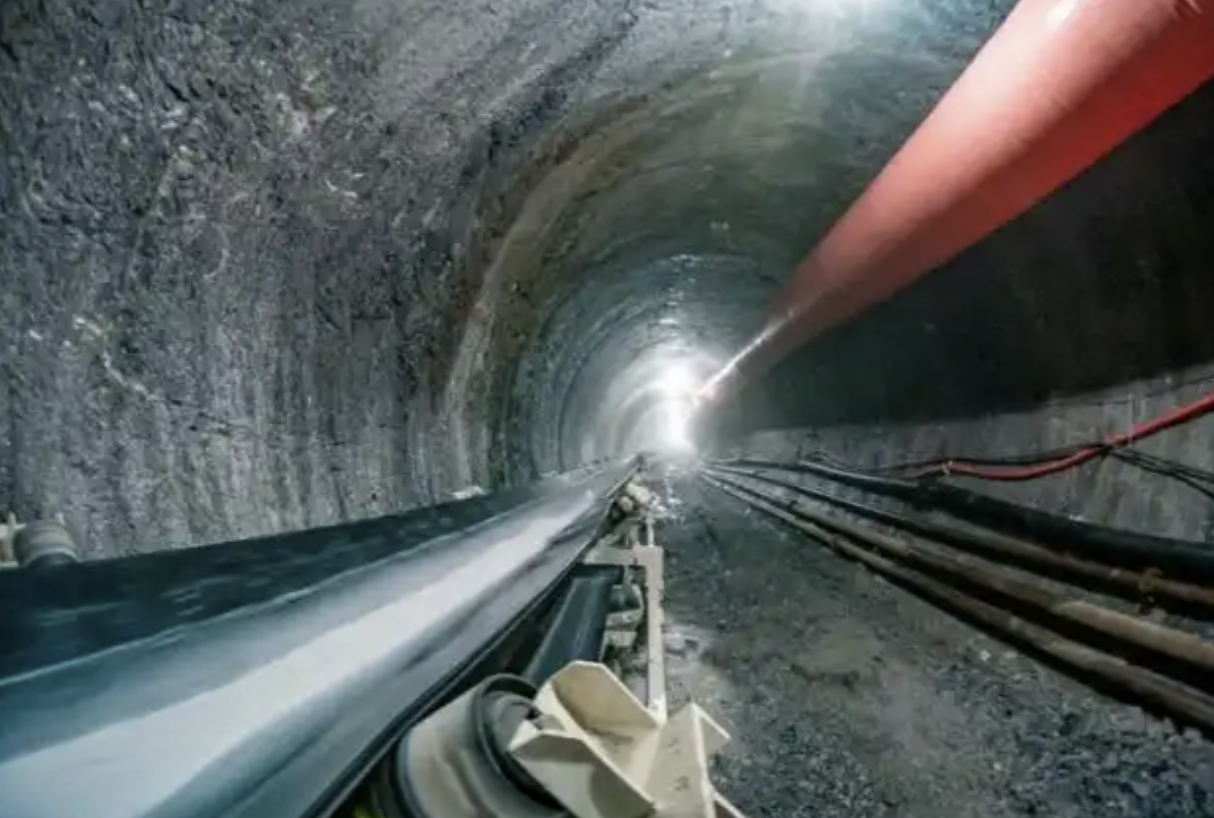
Cuttings removal (flushing): ensure sufficient flushing to maintain a clean working face Although cuttings from hard‑rock drilling are fine, slow penetration causes them to accumulate on the hole bottom, creating a vicious cycle of repeated re‑breaking: accumulated cuttings block fresh contact between cutters and intact rock, increasing wear and wasting energy. The core goal of cuttings‑removal adjustment is therefore to guarantee adequate flushing flow to remove bottom cuttings promptly.
Para perfuração em rocha dura, a vazão do fluido de lavagem deve ser mantida entre 40 e 80 L/min. Por exemplo, em um projeto de túnel subterrâneo em rocha dura, uma vazão inicial de 30 L/min permitiu o acúmulo de 5 a 8 cm de detritos no fundo; as brocas precisavam ser substituídas a cada 2 horas e o avanço diário era inferior a 8 m. Após o aumento da vazão para 60 L/min, os detritos residuais caíram para menos de 1 cm, a vida útil da broca se estendeu para além de 8 horas, o avanço diário aumentou para 15 a 18 m e os custos de aquisição de brocas caíram cerca de 40% devido à redução do desgaste.
Coordenação de parâmetros: a lógica da interação tripla. O ajuste de parâmetros para perfuração em rocha dura não é uma otimização de fator único, mas sim uma correspondência coordenada dos três parâmetros. Pontos-chave de coordenação:
Velocidade e pressão de perfuração: ao aumentar a pressão de perfuração, mantenha uma velocidade de rotação baixa para evitar sobrecarga instantânea e danos à broca em condições de alta velocidade/alta pressão.
Lavagem e pressão de perfuração: ao aumentar o fluxo de lavagem, ajuste a pressão de perfuração de acordo para evitar que o impacto da lavagem desestabilize a parede do furo.
Somente combinando a velocidade de rotação, a pressão de perfuração e a lavagem/remoção de detritos em um conjunto compatível é que a perfuração em rocha dura pode atingir alta eficiência com baixo consumo.
